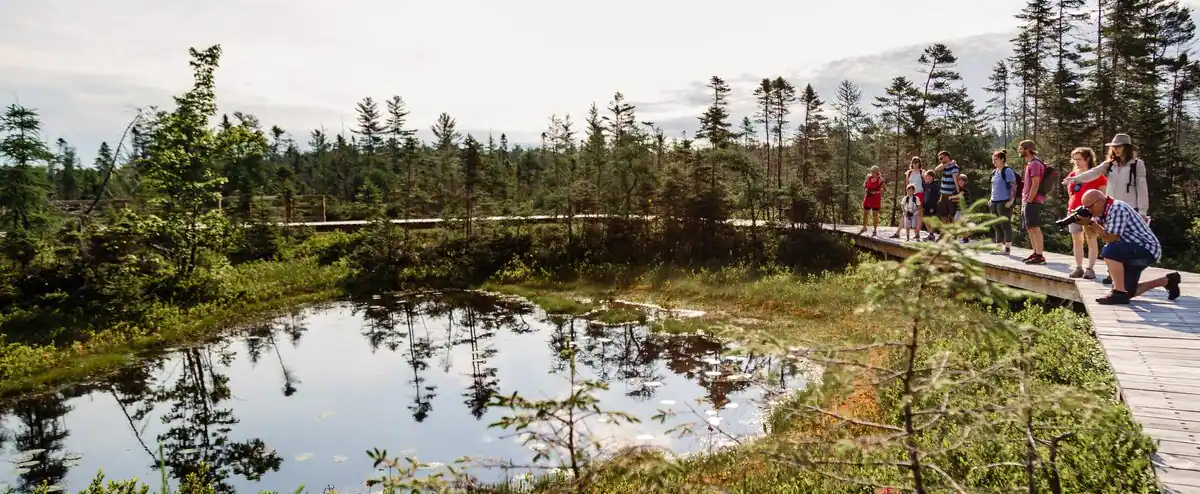Concerned about the expansion of quarries, gravel pits and sand pits near the Grande plée Bleue, one of the largest peat bogs in eastern Canada, the City of Lévis is asking the Department of the Environment to intervene.
• Read also: Hurry to the park!
• Read also: No more unbridled development on the rocky notches in Lévis
• Read also: Sani-Terre disqualified for a garbage collection contract in Lévis
Mayor Gilles Lehouillier shares the fears of a hundred citizens of Chemin Saint-Roch in Lévis, worried about the fate of this ecological reserve of nearly 15 square kilometers. He took over on his own, on Monday, their argument contained in a petition.
Visibly ill-equipped to assess the potential impacts of such operations on its own, the City is not taking any chances and prefers to raise a red flag.
“People say to themselves: ‘If there are in-depth activities for the quarries, is that likely to dry up part of the Great Blue Plée?’ We are not sure, but we asked for the intervention of the Ministry of the Environment because we do not have the expertise at the City to look at this, ”said the mayor of Lévis during a melee. Press.
A “huge sponge”
“Even if there is a certain distance, the fact remains that the Grande plée Bleue is a huge natural sponge. It tires us a bit. We want to be sure. Maybe there are none (risks) but we want to know and we want the Ministry of the Environment to look into it,” added Mr. Lehouillier.
Municipal regulations allow exploitation in the targeted area, specifies the City, but the final decision will rest with the Commission de protection du territoire agricole du Québec (CPTAQ).
An “ecological gem”
More than 150 plant species, including several rare plants and carnivorous plants, have been listed in this nature reserve considered by the City as an “ecological jewel”. There are also more than 100 species of birds and 200 species of insects.
